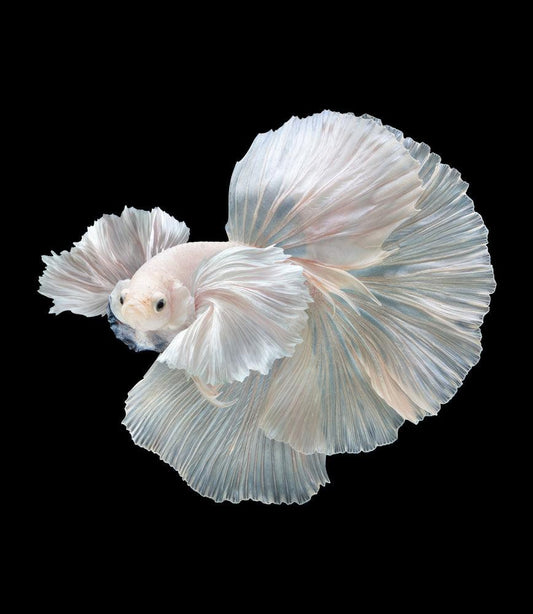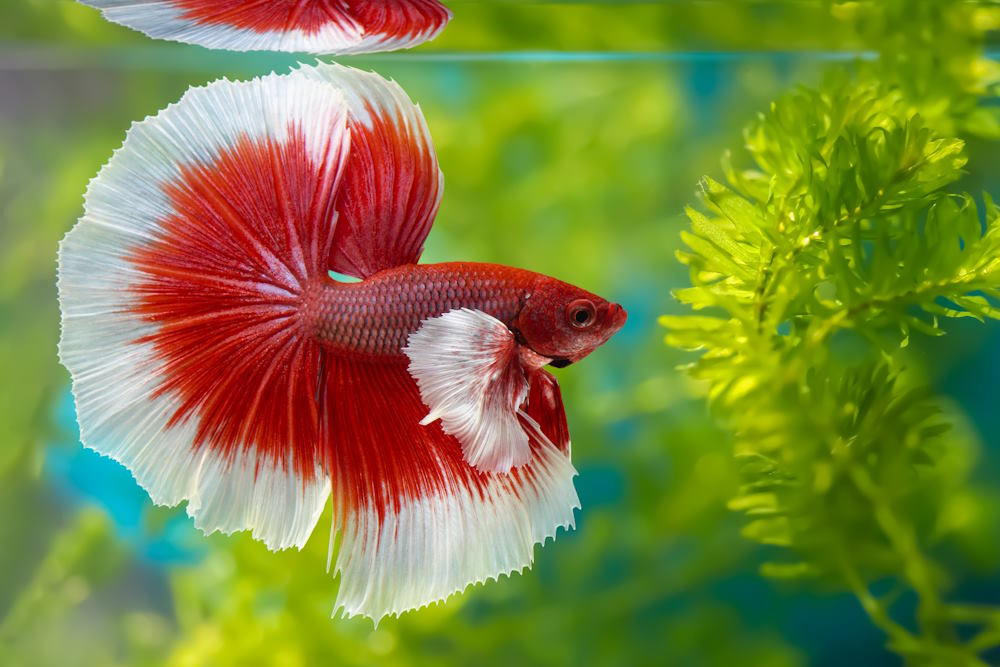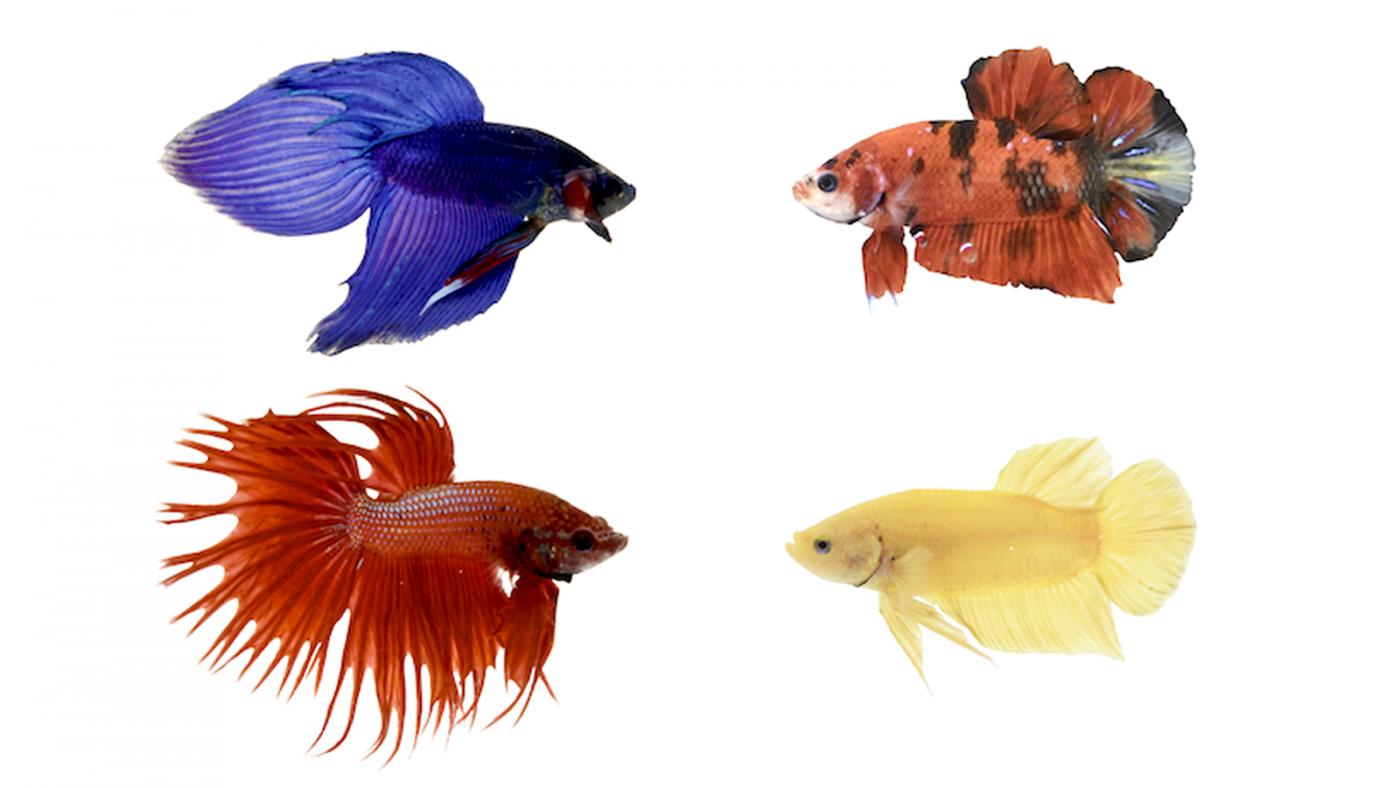How to Select the Right Betta Fish for Your Fish tank
How to Select the Right Betta Fish for Your Fish tank
Blog Article
Reproducing Betta Fish: a Comprehensive Step-By-Step Guide to Efficiently Raising Infant Bettas From Eggs to Adulthood
Reproducing Betta fish is a meticulous venture that needs cautious preparation and execution to make certain the effective advancement of fry from eggs to mature fish. Choosing genetically varied reproduction couple with desirable attributes is just the start; developing an optimum setting and comprehending the details of the reproducing procedure are just as vital. As the male Betta faithfully constructs a bubble nest and guards the priceless eggs, the succeeding stages of treatment and transition need interest to detail and knowledge of best practices. Exactly how does one browse the tough yet gratifying path of nurturing these dynamic creatures to adulthood?

Selecting Breeding Pairs
When starting the journey of reproducing Betta fish, choosing the ideal reproduction pairs is essential to achieving desirable qualities and a healthy family tree - betta fish. The first step in this process is to determine the certain traits you desire to enhance or preserve, such as shade, fin type, and body form. It is important to choose genetically varied pairs to prevent inbreeding, which can bring about health and wellness problems and undesirable attributes
Examine possible reproducing candidates carefully. A healthy and balanced male Betta must exhibit vivid colors, an energetic disposition, and well-formed fins, while the woman should also show vibrant pigmentation and a rounded stomach, suggesting preparedness for spawning. Observing the personality of both fish is important, as hostile or excessively timid individuals might not reproduce successfully.
Keeping documents of the moms and dad fish's ancestry can help you track genetic attributes and potential concerns. Inevitably, investing time in the selection procedure will considerably enhance the probability of generating solid, dynamic spawn that meet your reproduction objectives.

Preparing the Breeding Storage Tank
Developing an optimal breeding environment is a crucial action after choosing appropriate sets for Betta fish. The breeding storage tank must be particularly created to supply convenience and boost the all-natural breeding habits of the fish. Begin with a storage tank dimension of at the very least 10 gallons to make certain appropriate room for both the male and female Bettas.
Maintain a gentle filtering system to maintain the water tidy while staying clear of strong currents that can worry the fish. Additionally, an air rock can be contributed to provide oxygenation without interfering with the water surface way too much.
Temperature guideline is important; aim for a stable array of 78-82 ° F(25-28 ° C) utilizing a reliable heating system. The pH degree must be maintained in between 6.5 and 7.5, and normal water adjustments are needed to make sure high water high quality.
Incorporate drifting plants or spawning mops to produce concealing spots for the female, while also motivating bubble nest building look these up by the man - betta fish. Make sure the storage tank is free from sharp decors and any kind of possible hazards, as the well-being of the fish need to constantly be prioritized throughout this vital phase of breeding.
The Breeding Refine
Commonly, the breeding process for Betta fish involves a series of distinctive and evident behaviors that suggest readiness for recreation. The male Betta begins by developing a bubble nest at the water's surface area, which works as a website for the fertilized eggs. This nest is important, as it gives a safe atmosphere for the eggs up until they hatch.
Once the nest is developed, the male will present courtship actions, such as flaring his fins and showing lively shades to attract the female. The woman, upon noticing the man's readiness, will certainly respond by showing vertical red stripes along her body, signaling her receptiveness.
The fed eggs then drop to the bubble nest, where the male thoroughly collects and returns them to the nest. Following this, the male assumes duty for safeguarding the nest and guaranteeing the safety and security of the eggs until they hatch out, commonly within 24-36 hours.
Taking Care Of Betta Fry
Caring for Betta fry calls for cautious focus to their environment and nutrition to ensure healthy and balanced growth and development. After hatching out, Betta fry are exceptionally tiny and vulnerable, requiring a stable and clean habitat.
Feeding Betta fry is just as important. They need to be provided infusoria or finely smashed top notch fry food, as their mouths are also small to handle bigger fragments. As they grow, you can slowly introduce bigger foods, such as child salt water shrimp or powdered flakes, to his response ensure they get appropriate nourishment. Feed them little quantities numerous times a day, taking care not to overfeed, which can lead to water high quality issues.
Transitioning to Grownup Bettas
As Betta fry fully grown, transitioning them to grown-up Bettas is a crucial phase that requires mindful administration of their atmosphere and social interactions. This process generally begins when the fry get to around six weeks of age, whereupon they can be slowly introduced to a more organized living environment.
To promote this change, it is vital to guarantee that the water parameters-- such as temperature level, pH, and ammonia degrees-- are ideal and secure. Adult Betta fish thrive in cozy water (around 78-80 ° F) with a pH of 6.5 to 7.5. Gradually adapt the fry to these conditions to decrease anxiety.
Social communications are another essential element; man Bettas are infamously territorial and aggressive. Consequently, it is recommended to different males into private tanks as they grow. Female Bettas can be housed together, but treatment needs to be required to keep track of for indications of aggression.
Additionally, dietary adjustments need to be made as the fry expand. Include high-grade pellets and live foods to support their development and wellness. By handling these aspects successfully, you can advertise an effective transition to the adult years for your Betta fish.

Verdict
Effective reproduction of Betta fish needs careful focus to detail throughout the entire procedure, from selecting genetically diverse redirected here sets to supplying optimal treatment for fry. Furthermore, a well balanced diet regimen and steady adaptation to adult atmospheres are important for the development and development of Betta fish.
Report this page